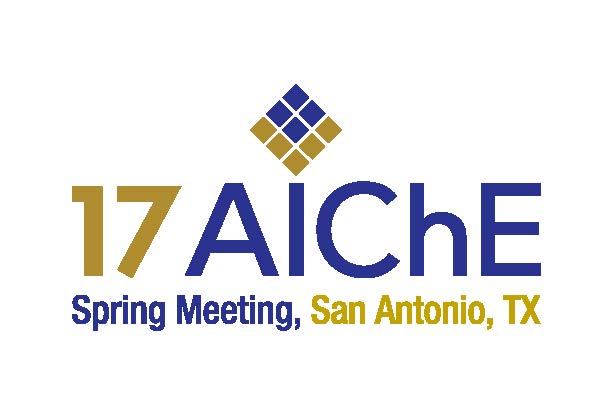

Dynamic simulation utilizing rigorous mathematical models has become an influential tool in the process design, design validation, control system verification, startup support and troubleshooting. Many recent developments in the simulation software and technology has led to the development of large scale dynamic models and their use in the entire project life.
The LNG plant in the study was receiving feed from offshore source through a long high pressure pipeline. The slug catcher pressure could operate by a differential of 50 barg during various conditions from normal to a packed line operation. The LNG plant throughput was controlled by a combination of pressure and flow controllers. The pressure control station in the feed line should maintain a steady upstream pressure for the feed flow control valve in the LNG trains.
The objective of this study was to determine the stability and controllability of the inlet feed gas system around the pressure control and feed flow during upset scenarios. One of the main objective was to identify any interaction between two pressure control valves in the inlet line. Another objective was to identify if the volume between these pressure control valves was sufficient for a smooth operation. These controllers and control valves should be able to operate smoothly under multiple transient operations. Dynamic simulation was identified as a key tool to evaluate the control configuration, valve adequacy and piping system design.
Various normal and upset transient scenarios were identified for evaluation of the design. Some of the scenarios evaluated were
-
Loss of LNG Train(s)
-
Loss of Domestic Gas plant
-
Turndown of LNG Train
-
Set point change of controllers
-
Control Mode Change
-
Startup of LNG Train to Turndown rate
The identified improvements in design during the FEED phase of the project were implemented during the detailed engineering phase.
Presenter(s)
Language
Pricing
Individuals
| AIChE Member Credits | 0.5 |
| AIChE Pro Members | $19.00 |
| Fuels and Petrochemicals Division Members | Free |
| AIChE Graduate Student Members | Free |
| AIChE Undergraduate Student Members | Free |
| AIChE Explorer Members | $29.00 |
| Non-Members | $29.00 |
